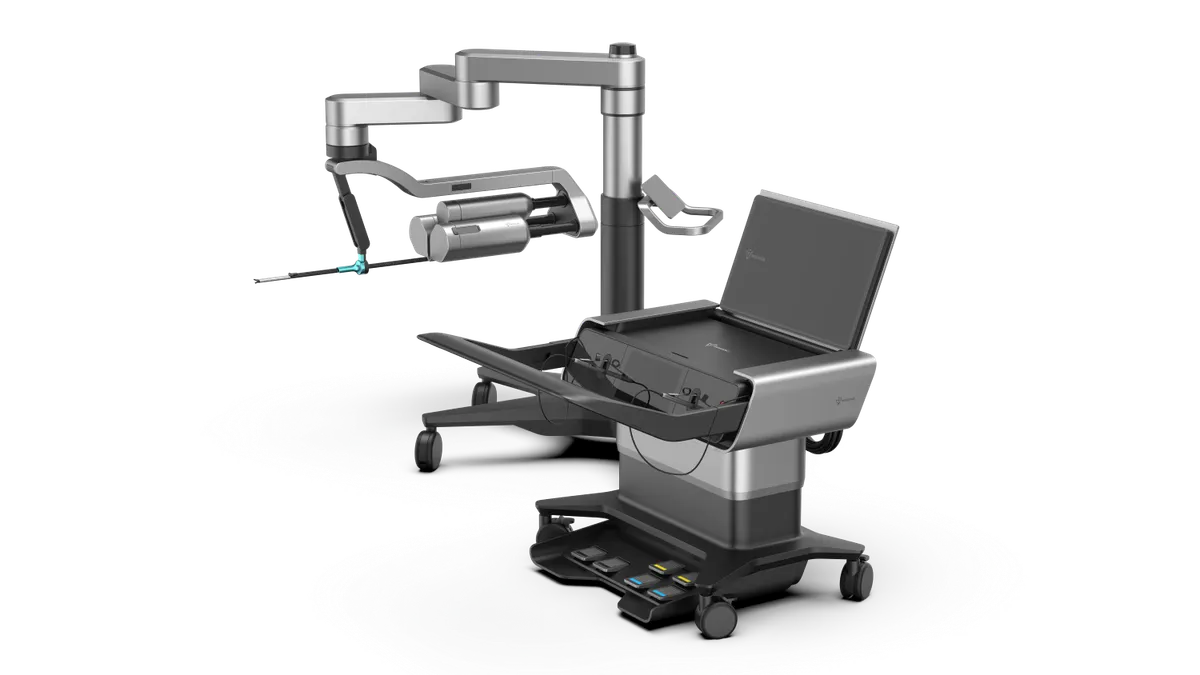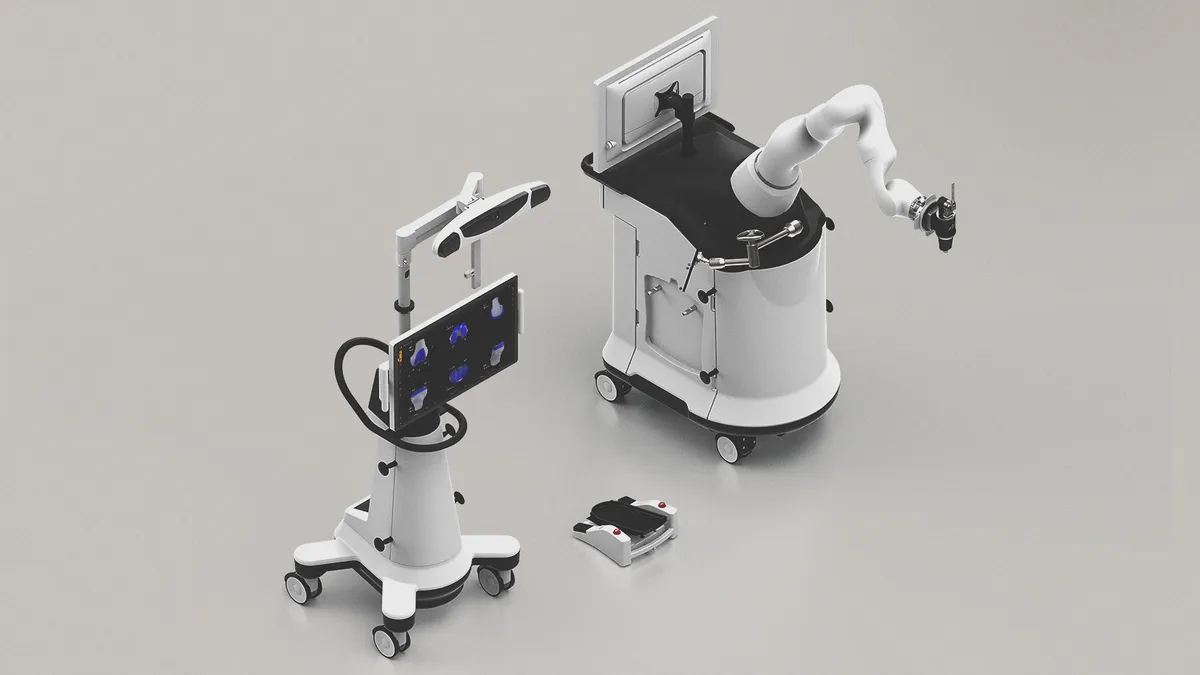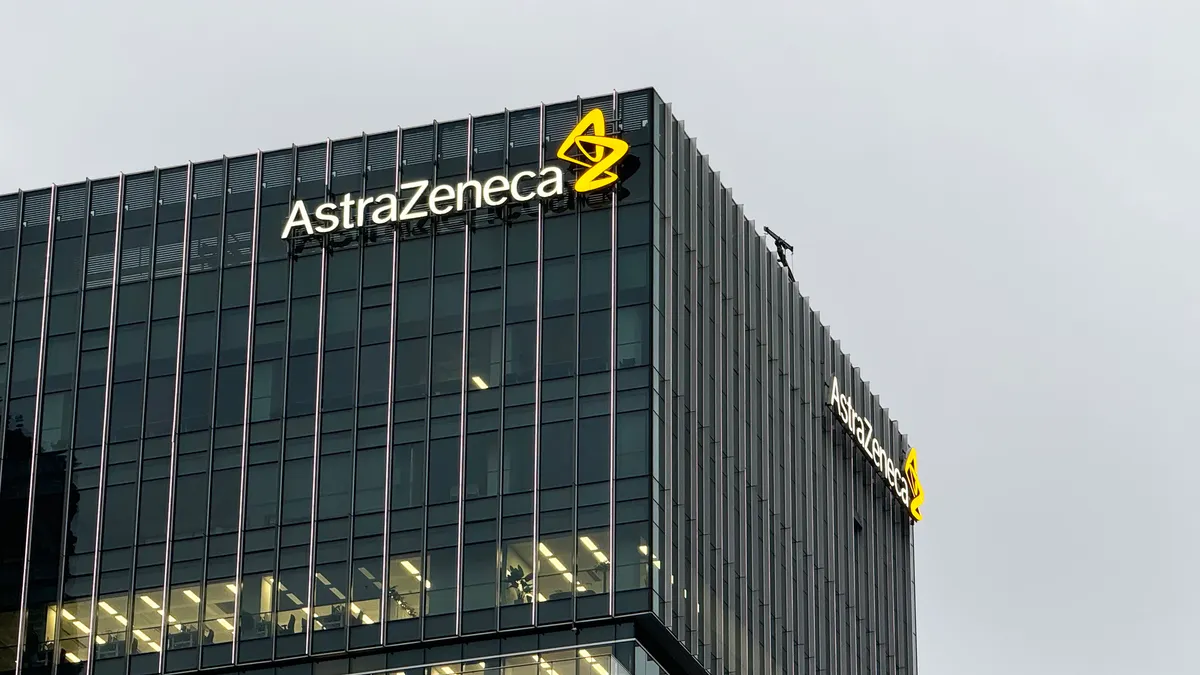Edwards Lifesciences and Medtronic have bolstered the case for using their transcatheter aortic valve replacement devices rather than traditional surgery, using this year's Transcatheter Cardiovascular Therapeutics conference to present results that point to clinical and cost-saving advantages.
Medtronic presented five-year data from the SURTAVI trial, which randomized 1,746 patients with intermediate surgical risk for treatment with one of the company's TAVR devices, mostly CoreValve, or surgery. The readout updated a two-year analysis that linked Medtronic's TAVR devices to a similar rate of all-cause mortality or disabling stroke as surgery. The earlier SURTAVI readout strengthened the case for using TAVR devices in intermediate-risk patients.
The five-year analysis confirms the findings of the earlier readout, with the rate of all-cause mortality or disabling stroke in the TAVR group, 31.3%, being almost identical to that of the surgery cohort, 30.8%. The rates of the outcomes in the two arms were the same from year two to year five, as they were over the first two years of the trial.
"These longer-term outcomes are remarkably similar after TAVR and surgery in patients with severe aortic stenosis at intermediate operative risk. Additionally, results from this study are particularly impressive given the TAVR devices evaluated were first- and second-generation systems," Nicolas Van Mieghem, Erasmus University Medical Center professor of interventional cardiology who presented the data, said in a statement.
TAVR was associated with higher rates of reintervention, 3.5% versus 1.9%, and permanent pacemaker implantation, 35.8% versus 14.6%, than surgery at five years. However, the difference was driven by events over the first two years of the trial. No significant differences were seen in any of the tracked clinical outcomes from year two to year five of the clinical trial.
The researchers also presented data on hemodynamics and paravalvular leak. Hemodynamics were better in the TAVR group when the patients were discharged. Those differences were still apparent at the two-year analysis and were sustained through to the five-year assessment. Medtronic said the hemodynamic results are evidence of the "durable valve longevity" of its TAVR devices.
However, the lower rate of paravalvular leak seen in the surgery cohort one year after treatment also persisted through to year five. Most of the cases were mild, though, with 3% of TAVR patients having moderate leaks at year five and none suffering severe leaks.
J.P. Morgan analysts noted that while the five-year data is strong as the SURTAVI trial "continues to follow older generation CoreValve and Evolut R versus newer devices like Pro+ and FX, physicians remained bullish on TAVR's positioning in elderly patients, although (some) questions remain around the likely need for re-intervention as valves begin failing in younger patients."
Edwards makes economic case
Edwards used the conference to address the economic implications of choosing TAVR over surgery in low-risk patients. TAVR devices are far more expensive than surgical products, with the researchers using prices of $32,500 and $5,900 in their assessments of the costs of the two procedures. Yet, the calculation found TAVR costs around $2,000 less when all expenditures over a two-year period were factored in.
The researchers found the hospitalization costs of TAVR and surgery are nearly identical, despite the higher initial device price. The comparability of the cost of the two procedures reflects the shorter procedures and hospital stays associated with TAVR, plus the fact a higher proportion of patients are discharged to home after treatment with the transcatheter devices.
With little to choose between the hospitalization costs, the financial advantage of TAVR stems from lower spending on patient follow-up.
The researchers found two years of TAVR follow-up cost $2,620 less than the same amount of post-surgery follow-up, resulting in an overall cost advantage of $2,030 in favor of the transcatheter approach. The difference in cost fell short of statistical significance. Edwards also reported a small improvement in quality-adjusted life expectancy that was driven by better early quality of life and survival in TAVR patients.
J.P. Morgan analysts noted that while sensitivity analyses showed that these results could turn in favor of surgical aortic valve replacement with small changes in relative survival advantage, the survival data "still points slightly in favor of TAVR, and the cost of TAVR procedures should continue to decline over time as competition increases, growing the relative cost advantage."




















